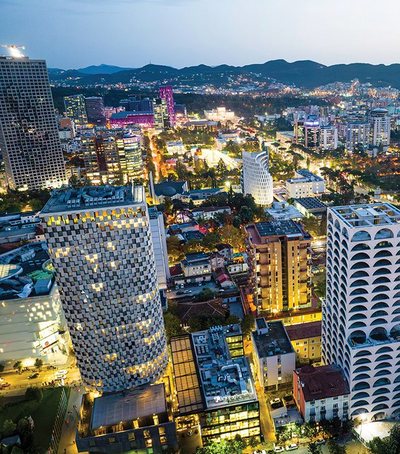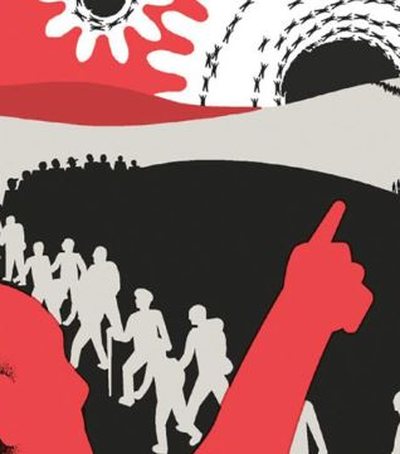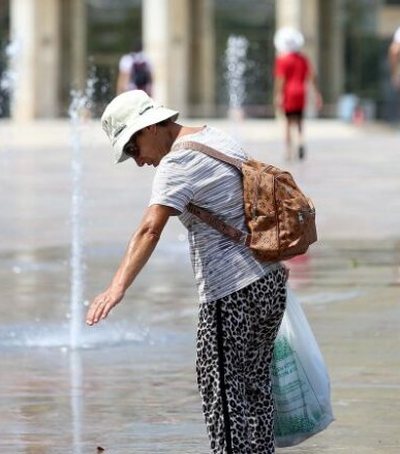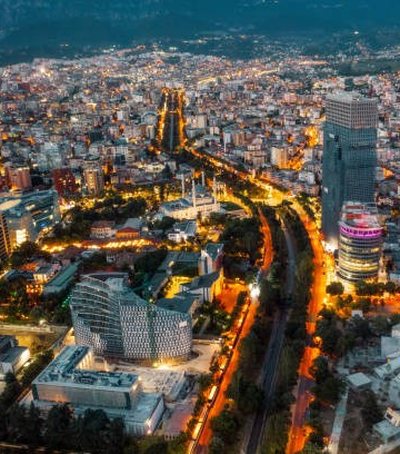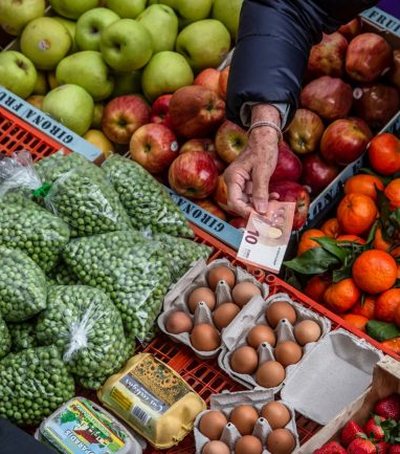
The ideal family for an Albanian adult over the age of 15 is to have more than two children, according to an INSTAT survey conducted last year.
The ideal family for an Albanian adult is with two children, but in the meantime the gap between desire and reality is higher. In 2017, the average fertility rate was 1.48 children per woman, from 1.54 a year earlier. The survey found that as many children have a wife, it is more likely that she will not want other children. 94% of currently married women with four or more children no longer want children or have been sterilized.
Among women with two children, three out of four want to limit the child's birth, while one in four wants to give birth again.
The gap between the desire to give birth to children and the births in Albania shows that the possibility of raising children is conditioned by economic and social factors.
Opportunities prevail in the reasons why Albanian families have fewer children than they want. Meanwhile, real births are closer to family planning than their wishes. Albanian parents give birth to children depending on the economic opportunities they have.

The number of births is falling rapidly year after year. Last year, 28,934 babies were born throughout the country, down 6.3 percent from the previous year.
In five districts, Korçë, Kukës, Fier, Vlora, Berat births have dropped double digit in 2018, as their number has declined in all regions of the country, including Tirana. In 2018 across the country, 28,934 babies or -1935 babies were born less than in 2017 with a 6.2% drop.
The biggest drop in fertility according to INSTAT's latest data has occurred in the city of Korça, where births in the 2017 report declined by 16 percent, while in relation to the 2011 census, births in this county fell by 31 percent. According to local authorities, Korça is suffering from the shrinking of the population with more than the other counties due to the high costs that creates the long winter.
After Korca, the number of births declined greatly in the Kukes region, where birth babies were 12% less than in 2017 or 448 babies less during one year.
Because it is the poorest region in the country, Kukes has faced internal migration and emigration throughout the transition period.

After Korca and Kukës, the towns of Fier and Vlora saw a large drop in birth rates by over 12 percent, twice as high as the national average of 6.2 percent.
The decline in the number of births is exacerbating the natural supplement of the population. During 2018, natural populations of the population are 7.130 (East-Death), with a decrease of 17.4% compared to the previous year.
Source: Monitor

